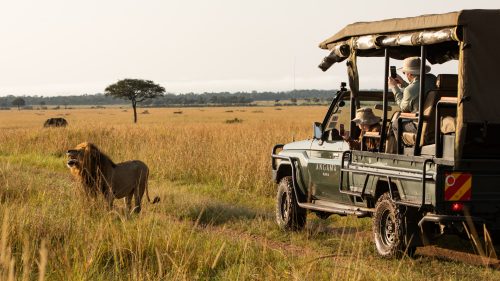
My friends accuse me of suffering from an extreme case of simbatitis. It is a rare condition that affects a person spending an abnormal amount of time in the presence of lions. Even when I spent two years in the UK, I found myself aimlessly wandering around the busy streets of London looking for lion sculptures and artworks. Did you know there are believed to be as many as 10,000 lion statues in the capital? The most famous of which of course are the four Landseer’s Lions which keep guard of Nelson’s Column in Trafalgar Square. The biggest lion sculpture in the world, the Maiwand Lion, however, can be found in Reading – a 16-ton war memorial in the form of roaring lion. But I digress.
A passion project here in the Mara Triangle that keeps me busy is documenting the lion population. Especially the males. After all, can there be anything more majestic than a male lion with a great dark mane marching through the grasslands, roaring at first light? Working with our Angama guides, the conservancy rangers and the Mara Predator Conservation Programme, we have started the painstaking process of photographing, identifying and documenting each individual lion in the ecosystem.
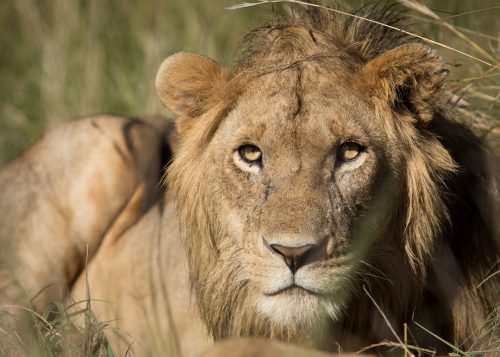
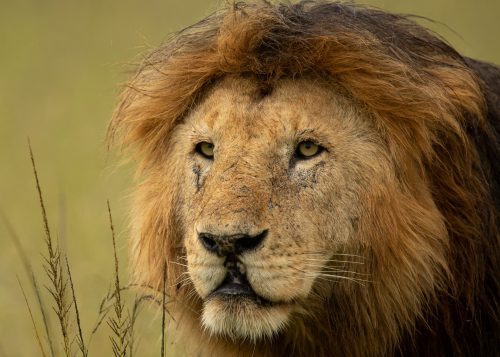
Male lion dynamics, and movements in the Mara Triangle are challenging to understand. They often appear to be in a constant state of flux and it is hard to say with any authority what is really going on at any specific time. However we have made a great start and are now able to announce the completion of an identification guide to the male lions of the Mara Triangle. It includes maps, biographies, histories and a number of highly detailed facial photographs. This user and mobile friendly document will make it easier for guides to recognise individual male lions. In addition, the goal is to utilize the guide to record the histories, stories and legends that are often associated with these icons of Africa. This project has taken many moons and will need constant attention in order to stay relevant and up to date, but the team believes this will greatly increase the understanding and enjoyment of these magnificent cats.
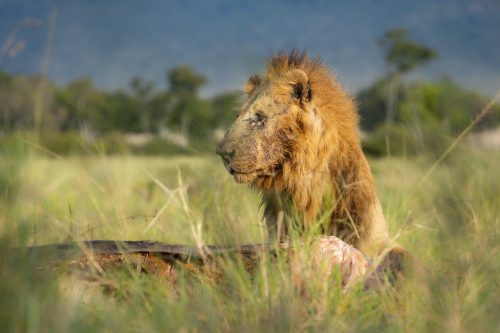
Although it is wonderful spending time with a male lion, absorbing every magnificent detail, wouldn’t it be even more rewarding if you knew a just little more about his background. Who is he? Where does he come from? How old is he? Which pride does he rule? And so on. In saying that, however, one of the most exciting and wonderful aspects of life out here in the Mara is that as there are no fences, boundaries or limitations, we regularly encounter new lions arriving in our backyard. As we as a guiding team go out daily to explore the grasslands, it is the chance of coming across one of these ‘unknown’ males that excites us and then witnessing how he deals with, or is dealt by, our more ‘regular’ males that keeps us coming back for more.
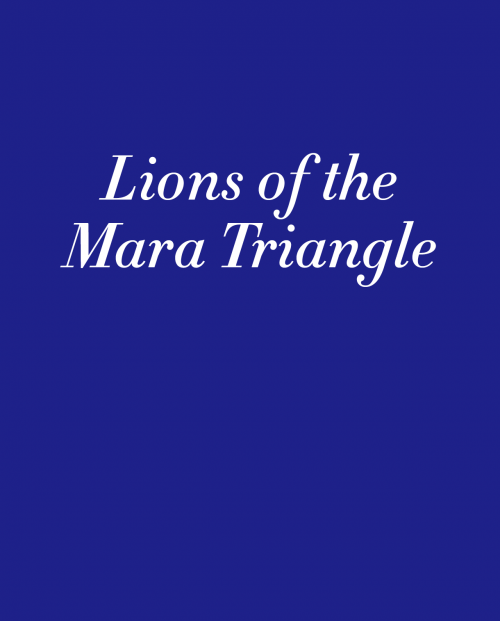
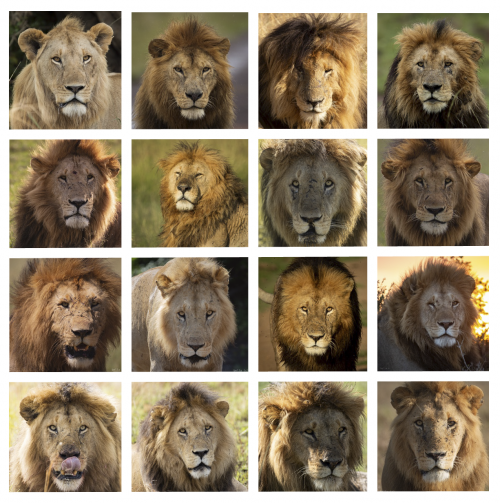
We invite you to download the Lion Guide, explore all 94 pages of contents and save it on your phone for when you're next visiting the Mara Triangle. Perhaps you may come down with simbatitis…
Filed under: Inside Angama
Subscribe for Weekly Stories
Comments (4):
30 April 2021
This is a really well done guide. I do not think I have seen anything yet that rivals its detail. The story of lion prides and male lions in particular is really fascinating. They always add an extra level drama and intrigue to their range. Well done. I hope to be able to use this guide as an additional resource when I visit.
27 April 2021
When we were in the Mara in Sept. 2016 the dominant male lion was Scar. He did not look healthy when we saw him but I believe he survived another year or two. Have you any information on him? Enjoy your articles. Thanks.

Angama Image Gallery